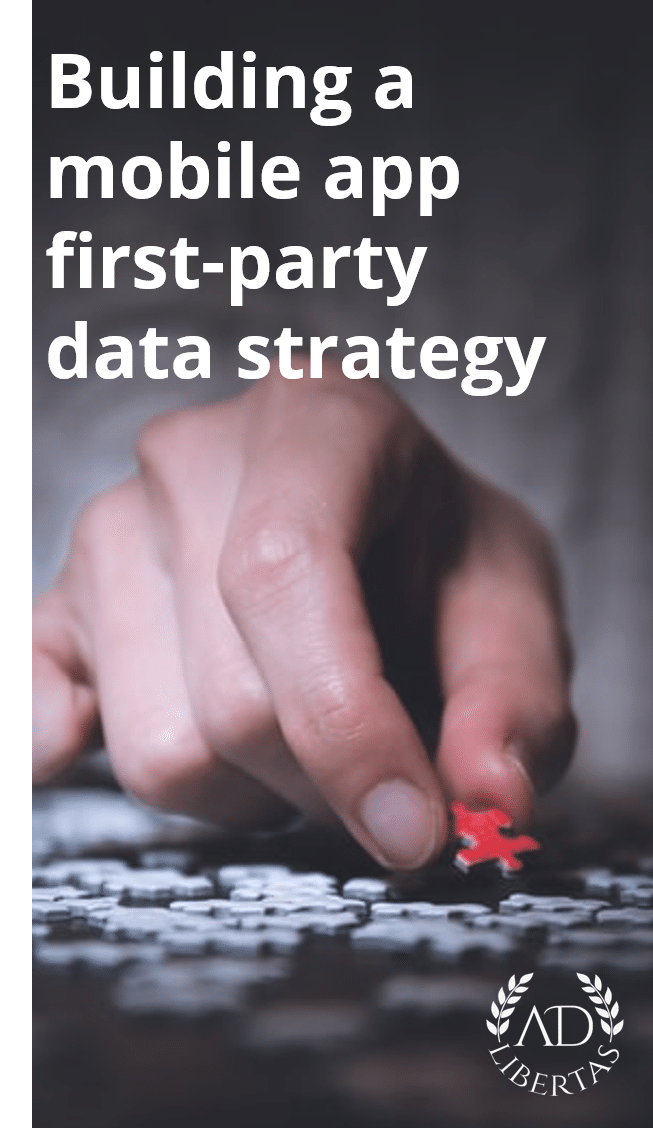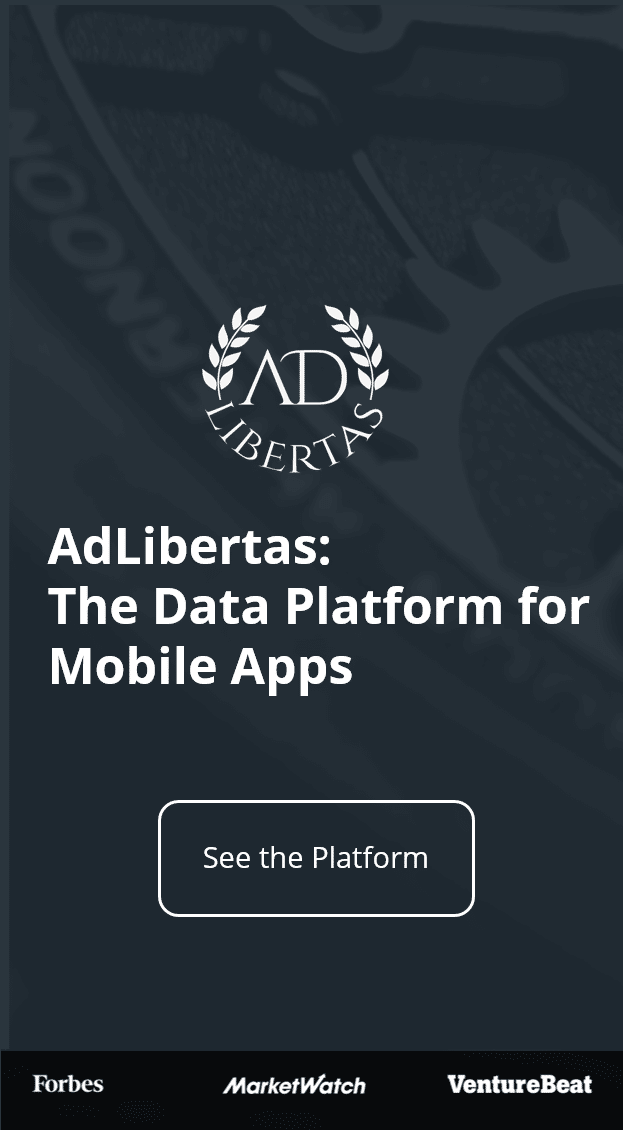Data is a mobile app’s most valuable asset. Here’s how to make it work for you: Part 2

Photo by Giorgio Trovato on Unsplash
In part-1 of our article we established how a properly leveraged data strategy wasn’t just a key strategic advantage for leading mobile app developers. We showed how establishing a data strategy could keep any app developer aligned on strategic priorities, could give key insights into important users, and help you move faster, react to market changes, and make better-informed decisions.
In part 2 we discuss how data can drive up profits and can help you set a defensive barrier against market changes.

Photo by Nathan Dumlao on Unsplash
Using data to increase your company’s profitability
Setting aside monetary gains from better decision-making, leveraging data can also be used to have a direct impact on your business’ bottom line.
“Knowledge is power and the better your data collecting and processing, the more you can control your own knowledge and protect against losing that power. Apple may be able to control information flowing to 3rd parties but they don’t have the power you have of understanding your user. Consider Amazon: a substantial strength comes from the knowledge they have of their customer.”
First, better utilization of your data will help you win back some of the margin from your vendors. The best example for this application is taking high-margin services back in-house. Ad networks and DSPs are notorious for their 20-30%-take on UA-campaigns – it’s no secret the most sophisticated app publishers are combating these costs by taking UA buying in-house and while buying an ad network for $250MM is out of scope for many, technologies like Beeswax offer self-service buying for any size UA-campaign.
Additionally, a clear view into user-data will give you insights into areas of cannibalization of your profitability. Virtually every app developer I’ve talked with has a hypothesis on how ad-impressions negatively impact their business. There are fewer—only those with proper insights to data– who actually can measure the impact. Beyond the impressions themselves are the actual advertisers too: are you losing users to ads shown by competitors? Or are you making more from those users by the competitors paying high-rates for your app?
“Since we’re going to be paid top dollar from showing ads that are most similar to our game, we have no issue showing ads for competitors’ games.” – Andrew Stone, Random Logic Games
While many lean towards caution when allowing users to see competitors, we have one AdLibertas customer who views their business as “giving away my most profitable users to competitive advertisers.” Only a clear view of your user-data, profitability will allow you to accurately make this call on your apps.
Your business profitability isn’t just about margins and identifying losses, your user-data is a powerful asset to increase your company’s value in the eye of an acquirer. The market has been rife with huge acquisitions, these companies are consolidating largely to increase their market presence and reach. When a large app publisher or suitor comes knocking, having a clear understanding of your residual earnings (via pLTVs of your users) will allow you to build a powerful argument for a higher valuation. Put bluntly by an app developer I spoke with “[The acquiring company] offered me less for the entire company than what I’d make off my existing user-base.” Obviously this wasn’t a sufficient offer.
Besides just pushing for higher multiples, having a clear dataset, or CRM, of your users is valuable for the buying company to be able to fully leverage your users for their plans of expansion. Is there overlap with your audience? Are you complimentary, do you share the same user profiles, or are they completely different? Not having a reliable CRM could dramatically decrease the actionability of your asset to a buying party.

Photo by Marco Bianchetti on Unsplash
Data will help defend yourself against market changes.
Finally, the best defense against continual market shifts is understanding your users, your business and being able to take appropriate action.
“At first glance a pre-pandemic market wouldn’t be a good predictor of post-COVID. But even in a turbulent market data can help make predictions Your app’s data will allow you to create models to predict forthcoming large-scale changes; when iOS 14 changes were hitting the market, prepared companies were predicting impact using these models and proactively adjusting while unprepared companies were left guessing. Data gives you an opportunity act aggressively in the face of change.”
Your data will help your organization attack fear, uncertainty, and doubt generated by the market. While most of the market was paralyzed with indecision in early 2020, following the outbreak of COVID-19, the leaders knew exactly where and how to act, spotting early trends and acting to take advantage. While hindsight is 202/20, the explosion of mobile app usage combined with a sharp immediate decrease in ad rates allowed a prepared business to attack the low rates with increasing campaigns while the rest waited for market certainty to make changes.
Leveraging your data will allow you to stop waiting for vendors to solve your problems. Product folks will be the first to admit it is orders-of-magnitude easier to solve a problem for a single use-case than compared to a production-level solution. Technology vendors won’t be able to move as quickly to provide a solution, whether it’s creating prediction models of future earnings, executing growth strategy, or running your own UA campaigns.
And lastly, your data will allow you to develop your own backup plan. Increasing inventory, loss of visibility, and falling rates all have an impact on the business. To those without a clear data model, or a clear understanding of the technologies involved, it’s a little more than guesswork on how the market changes will impact the bottom line. However, with up-to-date measurement and a clear understanding of the input parameters, these are simply adjustments in the model that will give you clear ideas on the impacts being indicators of growth or contraction for your business.
Conclusion
Many app developers have traditionally viewed data as an ethereal tool only used by industry elites. That’s primarily because, historically, the barrier to entry on a first-party data strategy was stratospherically high. The app would need an army of data engineers and massive investment in technology as table stakes to simply getting started. We at AdLibertas have set out to eradicate those barriers, our data platform allows any app developer fast and simple consolidation and utilization of their existing data stack.
We invite you to reach out with your app’s goals to see how the AdLibertas data platform can help your app’s data strategy.


